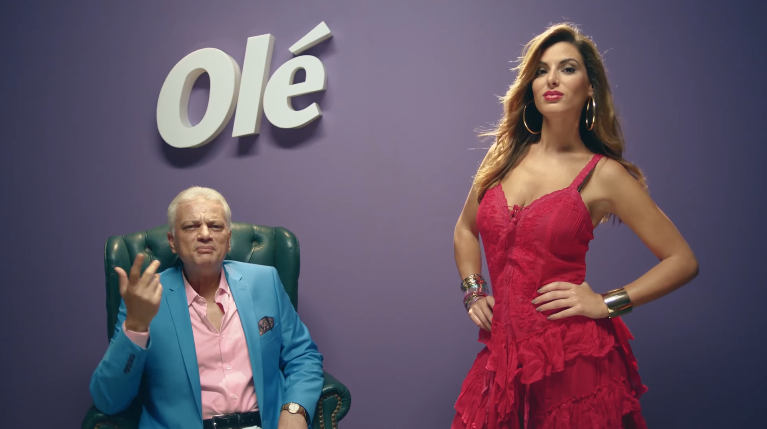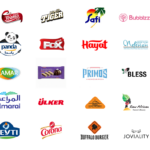The Egyptian advertising scene has seen its fair share of creativity and the bad advertising tactics over the last month focusing on the Pharaohs comeback to the African Cup of Nations.
The race for consumer’s attention is fierce with new participant joining in, mid-race. They should hit the pavement sprinting not strolling and stumbling with ineffective tactics for 15 minutes of fame, they have to raise the bar to compete.
Olé Advertising Campaign: Does Sex Sell?
The first nude print ad was published in 1936 for Woodbury Soap. It featured an undressed woman lazily lying at the beach, her arm positioned at just the right angle to shield her breasts from view.
Does sex sell? Some brands would launch a controversial and highly sexual advertising campaigns aiming at increasing their revenue. So is it a good idea to use sex to improve sales and or, brand awareness?
- Advertisement -
Recommended ➤ The most controversial ads in Ramadan 2016 have been banned
The newly founded FMCG company “Food Factory” company, that produce and distributes Olé products. The company decided by the help of its advertising agency “KING TUT’S PLAYGROUND Cairo” to run a controversy marketing campaign, promoting its products featuring a titillating model combined with a rather illicit choice of words and many visual innuendos.
Many studies shows that such tactic does not in fact sell, for the simple fact that while consumers’ attention may be captured by the intensity of innuendos suggestions, overt sexuality does not enhance brand recall. Simply, just because they grab our eye doesn’t mean the ad translates into sales revenues.
An average of 9.8% of male consumers recalls the correct brand/product, MediaAnalyzer called this the “Vampire effect”, due to the strong visual sucking up a lot of the attention that would otherwise be focused on brand’s message and communication.
Furthermore, studies by MediaAnalyzer revealed that 48% of male consumer said they would like a brand and would watch this approach of advertising, but only 8% of female consumer agreed. Further more; most women identifies this brands as advertising to sell cheap products.
So the brand intentionally or unintentionally identified and targeted male audience, only! Does it only work for men?
Olé bakeries however, stressed on the brand’s name throughout the adverts, causing another controversy by associating Olé with various meaning, repeating the name of the brand with descriptive words that prompts the audience to check out what is the real meaning and origin of “Olé “ – as if dressing the featured model in a red, provocative dress wasn’t enough-
The real origin of the world Olé:
The Moors of Northern Africa ruled the area of the Iberian peninsula known as “Spain” for nearly 700 years. Their language was Arabic, and today, over 4000 Spanish words come directly from Arabic one of those words is Olé.
The Moors had an ancient tradition, to have great celebrations that included dancing. When a dancer performed at the highest levels of grace and intensity, for that moment, they were believed to be vessels through which “Allah” was acting, and the moment allowed the witnesses to see a glimpse of Allah’s power through the artist.
So, it was customary for the Moors of Northern Africa centuries ago to exclaim Allah! when a dancer was performing in such an inspired and moving way.
And later on, in Spain it became a common Spanish exclamation for any situation where human physicality inspires people to cheer, they do so by saying “Olé”.
Olé Bakeries brand positioning:
Olé Bakeries markets its products as a freshly baked goods, completely filled with hazelnut chocolate and other flavors and better than any other product in the market.
The product’s message is communicated quickly in 6 seconds, it seems that the brand doesn’t want to interrupt the consumer’s viewing experience with the “key-selling points” of the product.
Do you think Olé Bakeries positioned its brand appropriately? Delivered a clear message? Will they still be remembered as a baked goods company when the provocative tactic used lose its appeal?








